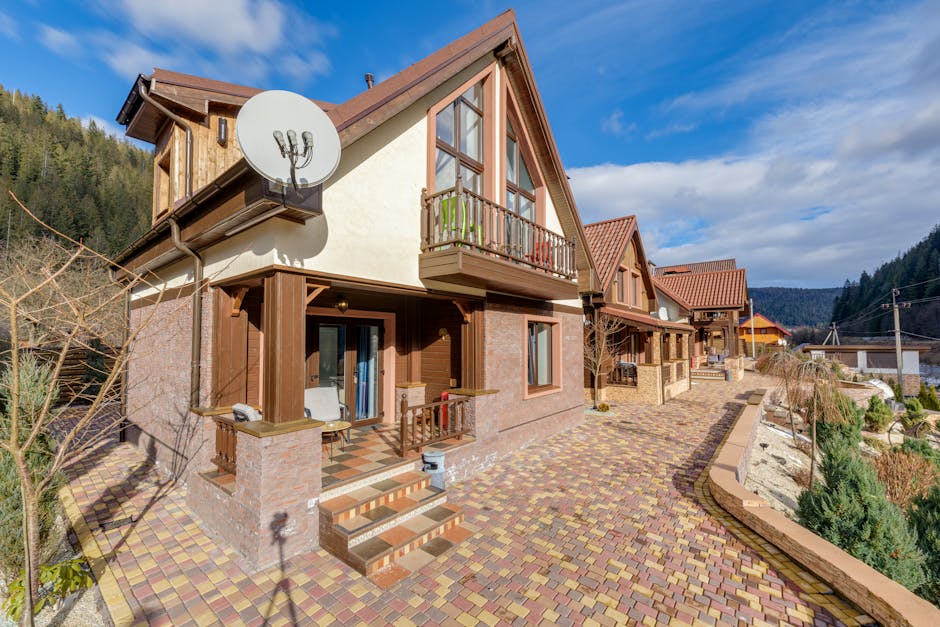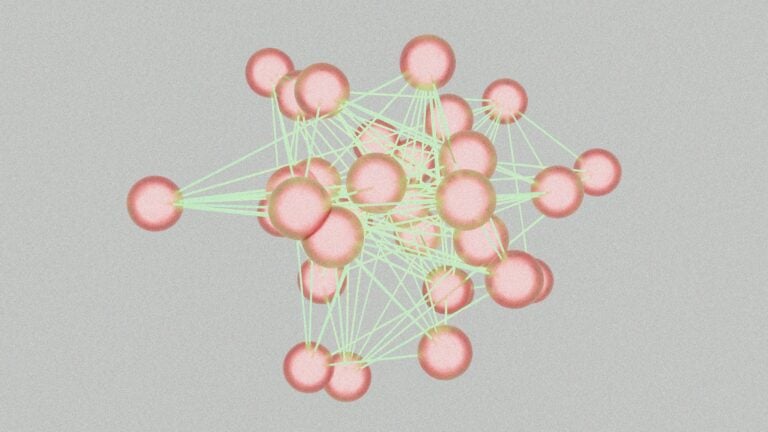
Embarking on a DIY landscaping project is exciting, but nothing deflates that enthusiasm faster than running out of mulch halfway through or having a mountain of pavers left over. Accurate DIY landscaping area calculation is the unsung hero of a successful garden transformation, ensuring you buy exactly what you need.
This guide will equip you with the knowledge to precisely measure your garden spaces, helping you save money, reduce waste, and bring your landscaping vision to life with confidence.
Why Accurate Area Calculation Matters
Precision in measurement isn’t just about neatness; it’s fundamental to efficient project management. Getting your garden area measurements right directly impacts your budget and environmental footprint.
- Cost Savings: Over-purchasing materials means wasted money, while under-purchasing leads to costly return trips and potential delays.
- Reduced Waste: Buying only what you need minimizes excess materials that might end up in a landfill, contributing to more sustainable landscaping.
- Efficient Project Planning: Knowing exact quantities allows for better scheduling, less stress, and a smoother workflow from start to finish.
- Professional Finish: Accurate material quantities ensure a consistent look and feel for your project, from uniform mulch depth to perfectly laid paving.
Basic Tools You’ll Need
Before you dive into the numbers, gather these essential tools. They are inexpensive and indispensable for any garden area measurement task.
- Measuring Tape: A long tape measure (50-100 feet/15-30 meters) is ideal for larger garden spaces.
- Pencil and Paper/Graph Paper: For sketching your garden layout and jotting down measurements.
- Calculator: For crunching the numbers. A smartphone calculator works perfectly.
- Stakes or Flags: To mark corners or irregular boundaries in your garden.
- String or Rope: Useful for outlining areas or creating straight lines.
Step-by-Step Guides for Different Shapes
Gardens rarely come in perfect squares, but understanding the basics of geometric shapes will cover most of your needs. For complex conversions or if you prefer digital assistance, a reliable online area converter can be a fantastic companion.
Rectangular or Square Areas
This is the simplest shape to measure. Gardens, patios, or pathways often fall into this category.
- Measure Length: Measure the length of the area.
- Measure Width: Measure the width of the area.
- Calculate Area: Multiply length by width (Length × Width = Area).
Example: A garden bed that is 10 feet long and 5 feet wide has an area of 50 square feet (10 ft × 5 ft = 50 sq ft).
Circular or Semi-Circular Areas
Circular garden beds or fire pit areas are common features. You’ll need the radius for these calculations.
- Find the Radius (r): Measure the distance from the center of the circle to its edge. Alternatively, measure the diameter (distance across the circle through its center) and divide by two.
- Calculate Area: Use the formula πr² (Pi × Radius × Radius). Use 3.14 for π (Pi).
- For a Semi-Circle: Calculate the full circle area and divide by two.
Example: A circular patio with a radius of 6 feet has an area of 3.14 × 6 ft × 6 ft = 113.04 square feet.
Irregular Shaped Areas
Most gardens aren’t perfect. For irregular shapes, break them down into smaller, manageable geometric sections (rectangles, triangles, circles) or use the triangulation method.
- Divide and Conquer: Sketch the area and divide it into basic shapes. Calculate the area of each smaller shape, then add them together.
- Triangulation Method: For very irregular shapes, divide the area into multiple triangles. Measure the base and height of each triangle, calculate their areas (0.5 × Base × Height), and sum them up.
- Grid Method: Lay a grid (e.g., using string and stakes to form 1-foot squares) over the area. Count the full squares and estimate the partial ones. This is less precise but good for rough estimates.
Remember to use consistent units (e.g., all feet or all meters) throughout your measurements.
Converting Area for Specific Materials
Once you have your square footage, you need to convert it into the right quantity for your specific landscaping materials. This is where landscaping material calculation gets practical.
Mulch and Soil (Area to Volume)
Mulch and soil are sold by volume (cubic feet or cubic yards).
- Determine Desired Depth: A typical mulch depth is 2-4 inches; soil depth varies by project.
- Convert Depth to Feet: Divide your desired depth in inches by 12 (e.g., 3 inches ÷ 12 = 0.25 feet).
- Calculate Cubic Feet: Multiply your calculated area (in square feet) by the depth (in feet).
- Convert to Cubic Yards (Optional): If buying in bulk, divide cubic feet by 27 (since 1 cubic yard = 27 cubic feet).
| Material | Recommended Depth | Conversion Factor |
|---|---|---|
| Mulch | 2-4 inches | (Sq Ft * Depth in ft) / 27 = Cubic Yards |
| Topsoil | 4-6 inches (for new beds) | (Sq Ft * Depth in ft) / 27 = Cubic Yards |
Example: You have a 50 sq ft garden bed and want 3 inches of mulch. 50 sq ft × (3/12 ft) = 12.5 cubic feet. To convert to cubic yards: 12.5 ÷ 27 ≈ 0.46 cubic yards.
Sod or Turf
Sod is typically sold by the square foot or in rolls covering a specific square footage.
- Area is Key: Your calculated square footage is precisely what you need.
- Add Waste Factor: Always add 5-10% extra for cutting, trimming, and irregular shapes.
Example: A 100 sq ft area needing sod. Add 10% waste: 100 sq ft + 10 sq ft = 110 sq ft of sod needed.
Pavers, Bricks, or Stepping Stones
These are sold individually or by the pallet covering a certain area.
- Find Paver Area: Measure the length and width of a single paver (e.g., 12 inches x 12 inches = 1 sq ft). Convert to feet if needed.
- Calculate Pavers per Sq Ft: 1 square foot ÷ (Area of one paver in sq ft) = Number of pavers per sq ft.
- Total Pavers Needed: Total area (in sq ft) × Pavers per sq ft.
- Add Waste Factor: Add 5-15% extra for cuts, breakage, or future repairs.
Example: You need to cover 150 sq ft with 8″ x 4″ pavers. One paver is (8/12 ft) x (4/12 ft) = 0.666 ft x 0.333 ft ≈ 0.22 sq ft. Pavers per sq ft: 1 / 0.22 ≈ 4.55 pavers. Total needed: 150 sq ft * 4.55 pavers/sq ft ≈ 683 pavers. Add 10% waste: 683 * 1.10 ≈ 751 pavers.
Real-World Examples/Case Studies
Let’s put theory into practice with a couple of common scenarios.
Case Study 1: Mulching an L-Shaped Garden Bed
You have an L-shaped garden bed. One section is 15 ft x 4 ft, and the other section is 8 ft x 3 ft (assuming no overlap). You want 3 inches of mulch.
- Area of Section 1: 15 ft × 4 ft = 60 sq ft
- Area of Section 2: 8 ft × 3 ft = 24 sq ft
- Total Area: 60 sq ft + 24 sq ft = 84 sq ft
- Depth in Feet: 3 inches ÷ 12 = 0.25 ft
- Total Cubic Feet: 84 sq ft × 0.25 ft = 21 cubic feet
- Total Cubic Yards: 21 cubic feet ÷ 27 ≈ 0.78 cubic yards. (You’d likely round up to 1 cubic yard for purchase.)
Case Study 2: Installing a New Circular Lawn
You’re installing a new circular lawn with a diameter of 20 feet.
- Radius: 20 ft ÷ 2 = 10 ft
- Area: πr² = 3.14 × 10 ft × 10 ft = 314 sq ft
- Add Waste Factor (10%): 314 sq ft × 1.10 = 345.4 sq ft
- Sod Needed: You would need approximately 346 square feet of sod.
Tips for Accuracy & Common Mistakes to Avoid
Achieving precise measurements isn’t just about formulas; it’s also about technique and diligence.
Tips for Precision:
- Measure Twice (or Thrice!): Always double-check your measurements, especially for critical dimensions.
- Use Consistent Units: Stick to either feet and inches or meters and centimeters for all measurements within a single calculation to avoid errors.
- Sketch it Out: A simple drawing of your garden space, even if rough, helps visualize and organize your measurements.
- Add a Waste Factor: Always factor in an extra 5-15% of material for cuts, mistakes, or future repairs. This is crucial for hardscaping materials like pavers.
- Consult Supplier Charts: Many material suppliers provide conversion charts or calculators on their websites for their specific products. For instance, check resources like Hunker’s guide on how to calculate a room in linear feet, which often includes practical advice from the industry.
Common Mistakes to Avoid:
- Forgetting Waste: This is perhaps the most common oversight, leading to frustrating mid-project supply runs.
- Incorrect Unit Conversion: Mixing inches with feet, or yards with meters, without proper conversion is a recipe for disaster.
- Eyeballing or Guessing: While tempting, especially for small areas, guessing often leads to significant material discrepancies.
- Not Factoring in Obstacles: Remember to subtract areas taken up by existing trees, large boulders, or structures within your project area.
- Ignoring Slope: For significant slopes, the actual surface area might be slightly more than a flat measurement. While often negligible for small DIY projects, it’s something to keep in mind for larger, more complex designs. You can find more in-depth information on measuring challenging terrains from reputable sources like Wikipedia’s land surveying overview.
Transform Your Garden with Confidence
Accurate DIY landscaping area calculation is more than just math; it’s a foundational skill that empowers you to undertake garden projects with confidence and efficiency. By mastering simple measurement techniques and understanding how to convert those figures into material quantities, you eliminate guesswork and material waste.
You’ll save money, reduce your environmental impact, and enjoy the satisfaction of a perfectly executed landscaping design. So grab your tape measure, sketchpad, and calculator – your dream garden awaits!
Install Our Extensions
Add IO tools to your favorite browser for instant access and faster searching
恵 Scoreboard Has Arrived!
Scoreboard is a fun way to keep track of your games, all data is stored in your browser. More features are coming soon!
Must-Try Tools
View All New Arrivals
View AllUpdate: Our latest tool was added on Dec 10, 2025





